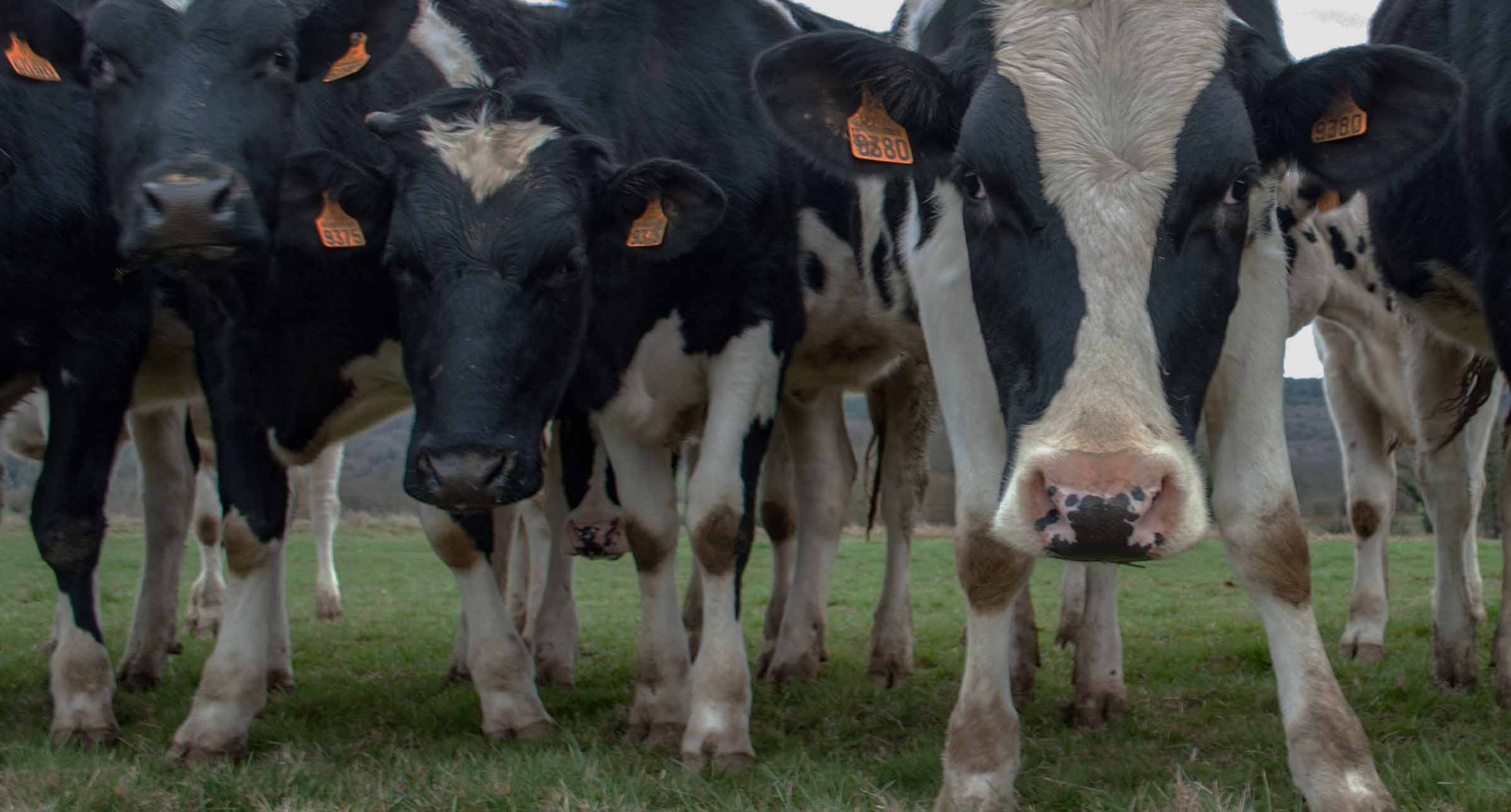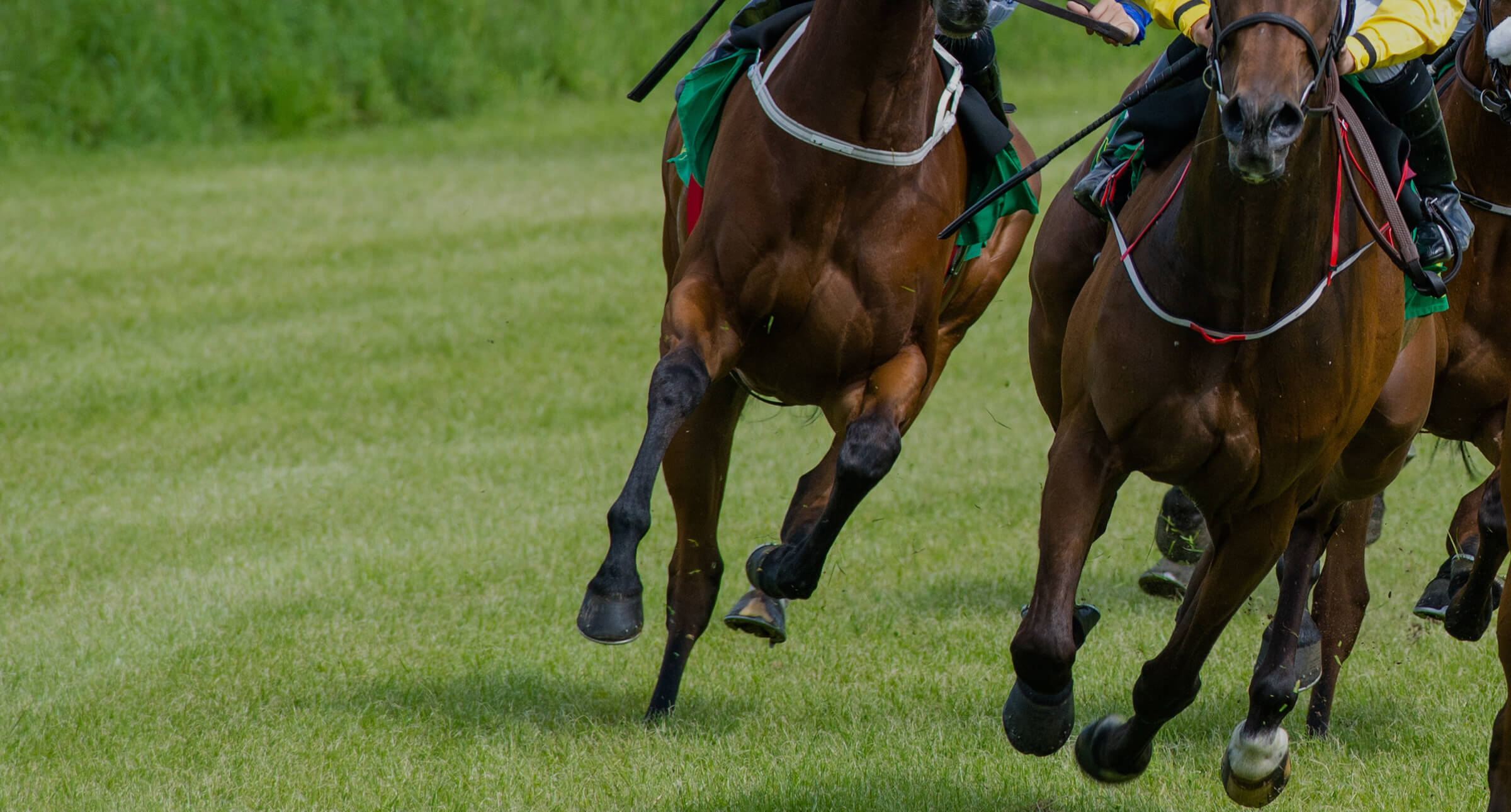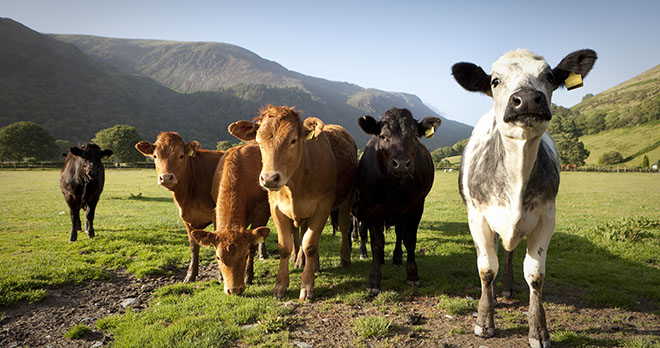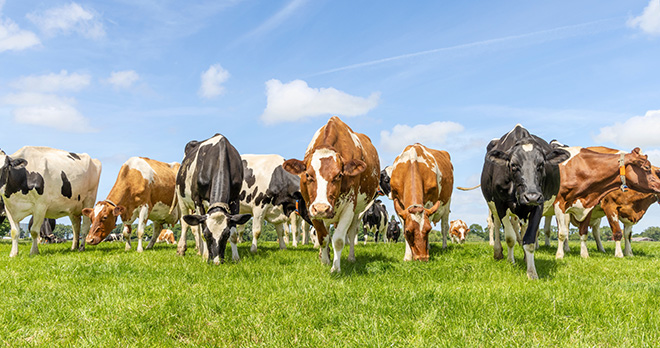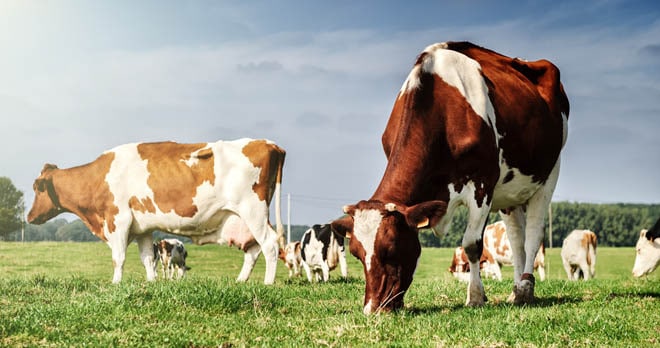Ford v Seymour-Williams – the end of Animals Act claims as we know them? Probably not.
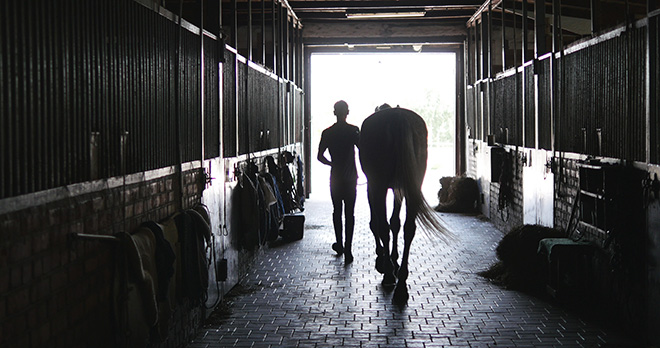
The case of Lisa Ford v Jonathan Seymour-Williams has been trumpeted as a case helping to turn the tide of caselaw since the landmark case of Mirvahedy v Henley [2003] UKHL 16, which isn’t true. Whilst the case did clarify one argument in favour of Defendants, it is of limited practical application and, moreover, the decision neutered one defence routinely deployed.
What happened in Ford v Seymour-Williams?
Lisa Ford was a 41-year-old experienced horsewoman who suffered career-ending pelvic injuries when the horse (“Tommy”) she was riding on behalf of her employer at the Beaufort Hunt, started napping and then reared up and over on top of her.
Tommy lay on the floor after rearing and died in the minutes afterwards. The Trial judge determined that the horse had suffered a catastrophic internal cardiovascular event (a burst blood vessel or such like) that sometimes happens with horses, although such events are commonly and incorrectly labelled as heart attacks. The cause of death was a contentious issue – the Claimant argued the horse had probably died from a fractured skull caused when it hit the ground – but the Trial judge came down in favour of the cardiovascular event, on the balance of probabilities.
Ms Ford – a mother of one – sued her employer on the basis that, as keeper of the horse, he was strictly liable to her under s. 2(2) of the Act; no allegations of fault-based liability were made.
The legal issues of Ford v Seymour-Williams
Mr Seymour-Williams employed Ms Ford as a hunt groom but said that the horse she was riding was not his and that, even though the horse was kept in his yard, he was not “the keeper.” Furthermore, he said, Ms Ford was not riding in the course of her employment at the time of her accident. These were important questions for the case for two reasons:
- Only “keepers” can be held liable for the behaviour of animals;
- Employees are a specially protected group of Claimants about whom it cannot be said that they volunteered to accept the inevitable risks of their work with animals.
Following a three-day trial to determine who was liable for Ms Ford’s injury, the Trial judge decided these questions in her favour. Unfortunately for her though, one question was decided against her and the claim was dismissed.
What the Animals Act says
The key issue for the judge was the interaction between section 2(2)(b) and 2(2)(c) of the Animals Act 1971. The judge’s reasoning was sufficiently unclear though that Ms Ford was granted permission to appeal to the Court of Appeal.
Section 2(2) provides:
“Liability for damage done by dangerous animals
…(2) Where damage is caused by an animal which does not belong to a dangerous species, a keeper of the animal is liable for the damage, except as otherwise provided by this Act, if-
a) The damage is of a kind which the animal, unless restrained, was likely to cause or which, if caused by the animal, was likely to be severe; and
b) The likelihood of the damage or of its being severe was due to characteristics of the animal which are not normally found in animals of the same species or are not normally so found except at particular times or in particular circumstances; and
c) Those characteristics were known to the keeper or were at any time known to a person who at that time had charge of the animal as that keeper’s servant or, where that keeper is the head of a household, were known to another keeper of the animal who is a member of that household and under the age of sixteen.”
The specific (overlapping) issues of law raised on appeal were, when dealing with characteristics not normally found in animals of the same species except at particular times or in particular circumstances (i.e. those cases falling within the second limb in s. 2(2)(b)):
i) whether identification of the “particular times” or “particular circumstances” when the relevant characteristic arises is necessary for the purpose of s. 2(2)(b);
ii) whether knowledge for the purpose of s. 2(2)(c) requires knowledge of those “particular times” or “particular circumstances”.
It is worth reminding ourselves that section 2(2)(c) states merely that the “characteristics [identified for the purpose of sub-section(b)] were known to the keeper…” One argument was that the words do not state that the keeper must know that the characteristics could be triggered by circumstances identified. That was important because, whilst the Defendant conceded that he knew horses might rear because of panic or disobedience he denied he was aware that a horse might rear if it had a cardiovascular event.
“No smoke without fire?” – the legal arguments relating to sections 2(2)b and 2(2)c
Ms Ford’s team contended that that the Trial judge was wrong to find that identification of the “particular times” or “particular circumstances” is necessary. This, on the basis that in the cases such as Welsh v Stokes and, of course, Mirvahedy v Henley cited above, whilst the characteristics (of rearing in Welsh and bolting in fright in Mirvahedy) could be easily identified, nobody knew the precise circumstances triggering that behaviour.
The core argument was that because rearing happens only in particular circumstances (per the expert evidence) it is self-evident that such particular circumstances must have existed.
The subsidiary point was that it was found the cardiovascular event caused panic which in turn caused disobedience. And, as shown above, panic or disobedience in this case should be sufficient to establish the requirements of section 2(2)(b); one need not consider what caused the panic or disobedience. The Court of Appeal did not accept the factual premise of this argument although their reasoning was not altogether clear.
Ms Ford’s team said that it was unfair that claimants such as Ms Welsh or Mr Mirvahedy were able to establish that section 2(2)(c) was satisfied despite not knowing the root cause of the horse’s behaviour. Ms Ford seemed to be at a disadvantage because there was a greater level of evidence and knowledge about the root cause of Tommy’s behaviour. The Trial judge had decided that Tommy had died from a cardiovascular event and the Defendant had said he was not aware that cardiovascular events could trigger a rear. Her case was that the Court in the Mirvahedy and Welsh cases, for example, had not seen the need to require a Claimant to prove the precise trigger. Knowledge that it was fear or disobedience was enough.
The Defendant contended not only that the Court must decide what the particular times or circumstances were, but also that defendants must be shown to know that the particular times or circumstances pertained at the time of the accident. It was said on his behalf that in the classic example of a bitch with pups that not only was it necessary to know that such a dog may bite defensively, but also that the dog did in fact have pups at the time.
Suffice it to say, the Defendant’s argument gained no traction. As William Davis LJ observed during submissions, a keeper need not know that “a bang” is going to occur, merely that if “a bang” does occur the animal may behave in a particular way.
Understanding the Ford v Seymour Williams appeal judgment
The three appeal judges trod the middle line between the two parties and Lady Justice Carr led their articulate and straightforward decision.
During the course of the hearing Carr LJ observed that, contrary to Ms Ford’s argument, the Courts in Mirvahedy and Welsh did make findings about what triggered the dangerous behaviour. At paragraph 35, she said:
“It can be noted that in every instance where the keeper was held liable the court identified not only the characteristic behaviour such as rearing, but also the particular time or circumstance when the characteristic manifested itself. That time or circumstance was something that could be “described and predicted”. In each case where liability was established, there was a particular event triggering a reaction which caused severe damage in circumstances where the keeper knew that such an event could lead to the reaction in question.”
At the conclusion of the Judgment Carr LJ declared that:
“55. This outcome does not in some way represent a slippery slope that deprives the Act of its intended force. Specifically, it goes nowhere near requiring a claimant to establish negligence (or some other fault) in order to create liability under s. 2(2). Rather, it strikes a balance between giving claimants the right to a remedy without establishing any fault on the part of the keeper whilst at the same time ensuring that the keeper will not be liable without knowledge of the particular times or circumstances in which the relevant characteristic under s. 2(2)(b) arises.”
Basically, the old law remains good law. A keeper will remain liable in circumstances known to cause dangerous behaviour even if the precise trigger can never be known.
Lest defendants assume that claimants must prove the precise trigger one should consider the Lady Justice Carr’s reasoning in dismissing Ms Ford’s complaint that such an approach:
“44… would mean that the greater the discovery of a claimant as to the nature of the circumstances triggering the characteristic, the more difficult it would be to establish liability. The answer to that, however, is that each case falls to be decided on its own facts, and the evidence available… If there is evidence, as here, of a particular circumstance giving rise to the relevant characteristic, then knowledge of that characteristic (in the sense described above) must be established.”
The distinction is that the evidence in cases such as Mirvahedy and Welsh only went so far. The Court made decisions on the balance of probabilities, assuming some supporting evidence was available, and, in those cases, the Court was able to decide that the triggering circumstances were, effectively, circumstances that the Defendants would know could cause the relevant characteristics. It was acknowledged during submissions that Ms Ford was at “a disadvantage” because there was a greater degree of knowledge about the triggering circumstances but that is the natural conclusion if that is how evidence plays out.
The Court of Appeal confirmed that there is a connection between sub-sections (b) and (c). Claimants must establish knowledge of defendants not only about the characteristics but also that the circumstances identified may provoke those characteristics:
“39 (iv). …. s. 2(2)(b) needs to be construed in the context of s. 2 as a whole. Identification of the particular time or circumstance in question is necessary for an assessment of whether or not a keeper has the relevant knowledge for the purpose of s. 2(2)(c). As the facts of this case themselves demonstrate, it is possible for a keeper to have knowledge of the fact that it is normal for a characteristic (here rearing) to manifest itself as a result of one particular time or circumstance (here disobedience) but not another (here a catastrophic internal failure).”
Does the Animals Act 1971 make it ‘too easy’ to claim compensation?
Judges concerned about the Animals Act 1971 being an open door to claimants (see Goldsmith v Patchcott [2012] EWCA Civ 183; [2012] PIQR P11 and Turnbull v Warrener [2012] EWCA Civ 412) should be reassured that most claimants do not have easy claims. In previous cases judges have suggested, obiter, that section 5(2) may be the critical check on the flow of claims.
I respectfully agree: claimants who have voluntarily accepted the broad risks of engaging with an animal that injures them will not have a claim unless they are employees, taking risks incidental to their work. As stated, employees are a protected class of claimants against whom this defence cannot be deployed. This is consistent with health and safety law generally and one may think is the socially acceptable quid pro quo for being employed to take risks for the benefit of their employer and other people.
Does Ford v Seymour-Williams mean claimants need to prove why dangerous behaviour occurred?
The effect of the decision in Ford v Seymour-Williams is not to challenge the sense of the decisions in Welsh v Stokes and Mirvahedy v Henley, but rather to add a layer of clarification.
It clarifies that section 2(2)(c) does have content in cases under both the first and second limbs of section 2(2)(b). That said the strength of sub-section (c) in most second limb cases will surely remain very limited.
As part of “kitchen sink defences”, defendants have sometimes defended claims on the basis that claimants must prove the precise trigger of dangerous behaviour. Respectfully, it is wishful thinking to believe that Ford gives them support for deploying that argument routinely. The Judgment says nothing of the sort and it was acknowledged on behalf of the Defendant that this issue was settled, submitting, as they were bound to do that, in the case of Mirvahedy for example, “First, there was flight, this being a known behavioural characteristic of horses. Second, there was a readily identifiable cause of that characteristic behaviour, that being a frightening stimulus (albeit the specific stimulus was uncertain).”
What Ford v Seymour-Williams does do is provide that – where something more is known about the precise trigger than the mere fact that an animal was frightened or disobedient – then section 2(2)(c) requires the claimant to prove that the defendant had knowledge that this might cause the characteristic behaviour. It is surely going to be rare case in which that situation will arise, and even more rare that a keeper can legitimately say that they did not know that the circumstances might provoke the characteristic. Unfortunately for Ms Ford, her case was a rare example.
Our specialist animal accident solicitors are here to help when someone has suffered an injury caused by an animal.
Call now
